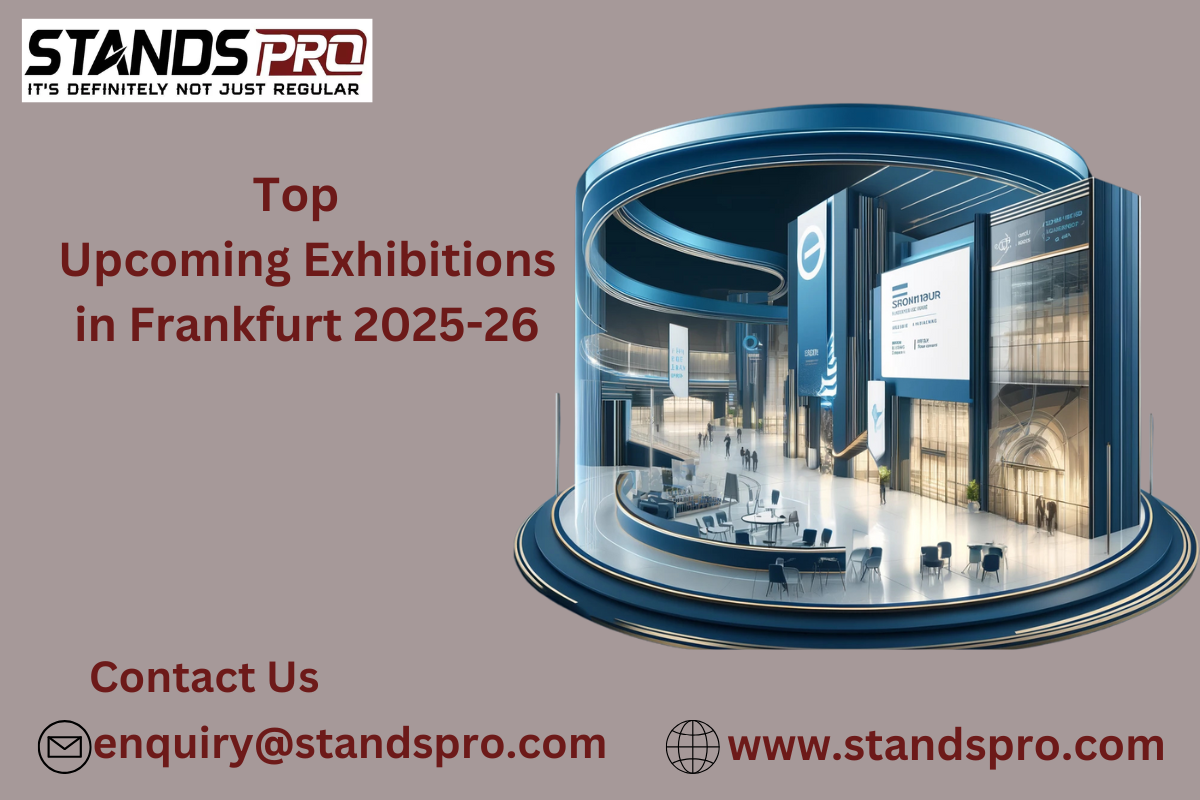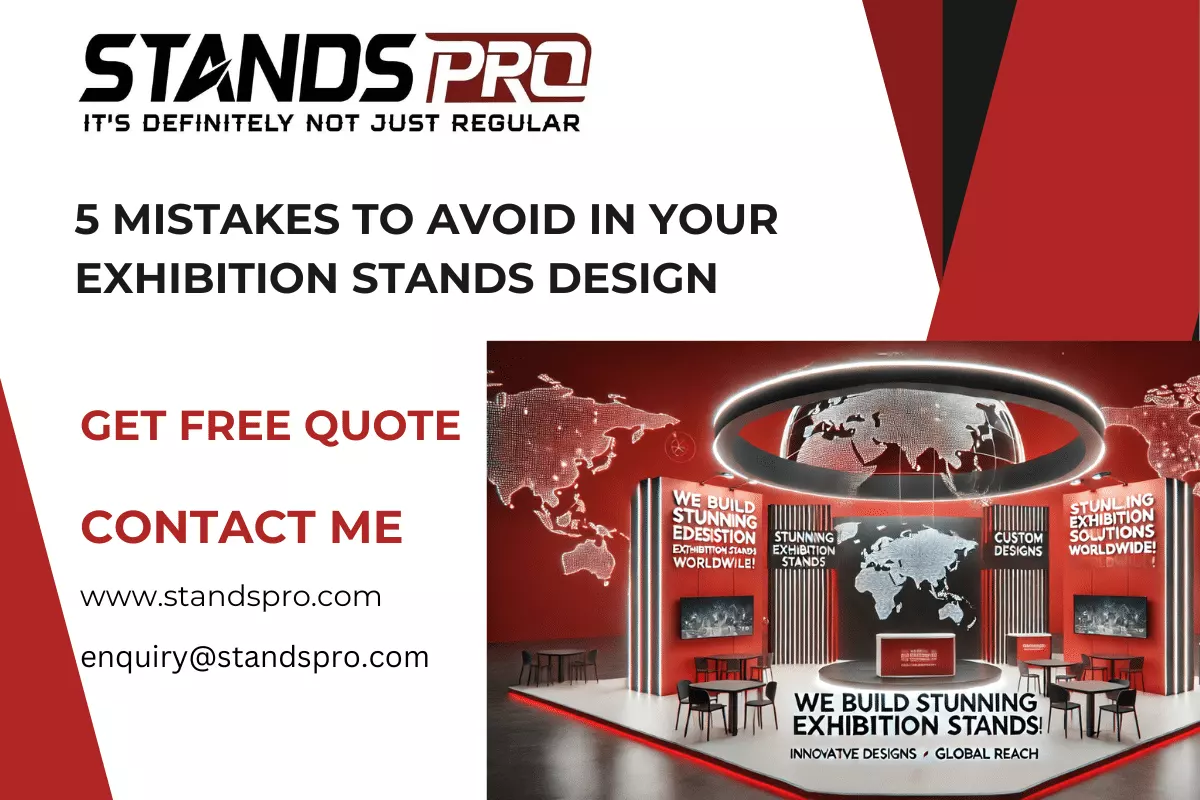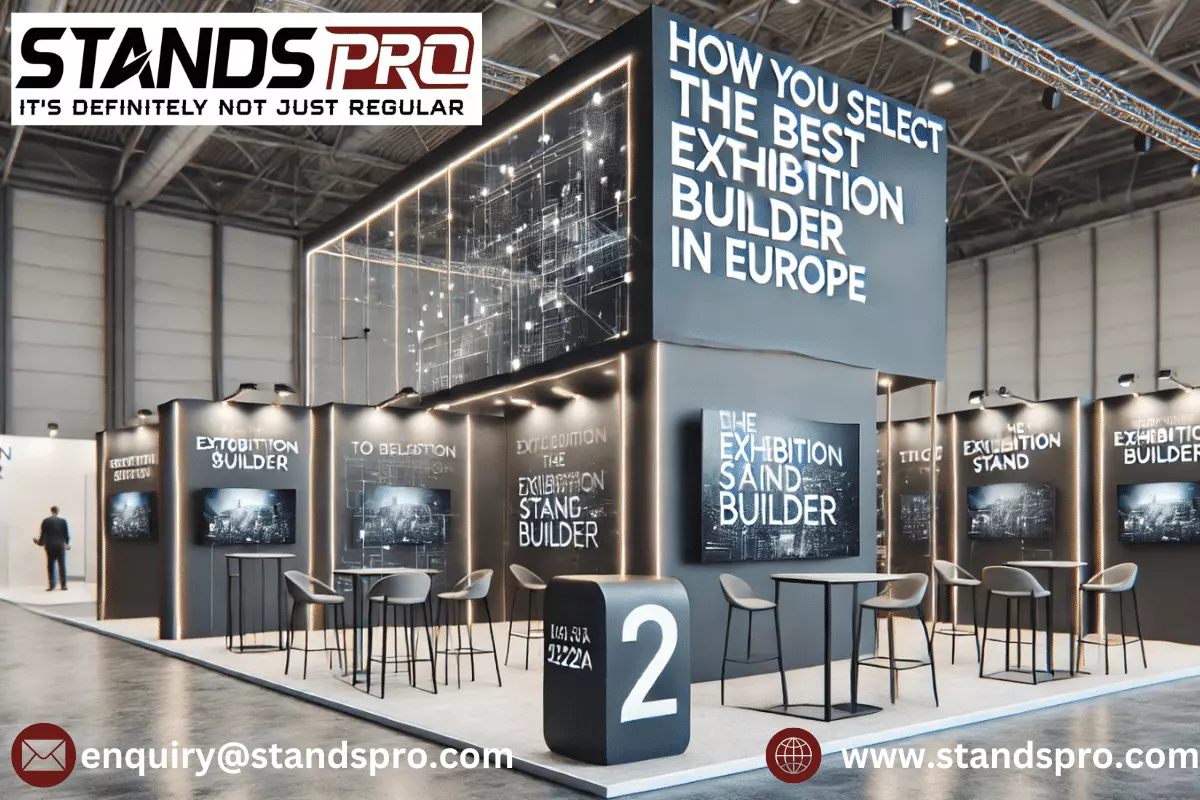Technology is proving to be one of the three important pillars that really get visitors engaged at your exhibition stand. With a plethora of new technologies like AR and VR, it is not very clear whether the right technology is relevant for use in the exhibition industry. Happily, we’ve researched for you. We have pruned through the latest technologies that have found their way into the hands of brands and marketers. Out of these, we have listed seven technologies that are flexible enough to fit most exhibition stand designs
- Projection Mapping
Several brands and advertisers are already using projection mapping. A form of augmented spatial reality, projection mapping renders a 3D visual projection onto a 3D surface. This projection could virtually be anything the brand wants: simple everyday objects to complete landscapes. What makes this technology unique is that it fits the dimensions and size of the surface it’s projected on.
It often creates optical illusions, such as the illusion of movement into static objects. It can create an increasingly immersive experience for the visitors at a booth when combined with audio and visual feedback. The best part is that unlike VR or AR, which are limited to handheld technology like smartphones and headsets, projection mapping requires zero investment on the part of the visitor. This makes it a uniquely shared social experience among visitors.
- Virtual walls
Motion-sensing virtual walls will turn your booth walls into an interactive experience. By using LED and projector screens, you can create a digital canvas for your visitors. A virtual fence has several uses:
-Visitors can use it to write messages, draw, or play touch-and-tap games
Users can express their creativity by rebuilding a snowman (if it’s a Christmas theme) or a personalized virtual bike (if a bike-selling company)
Virtual walls are pretty impressive that way! Your guests get to have lots of fun in a very visually compelling way.
- Interactive Flooring
Have you ever stopped to look down at the floor you walked on? Flooring is probably one of the least considered items when designing an exhibition booth. However, it can be transformed into the most interactive element of your booth.
Change the floor colour when a person steps on it using installations of cube-shaped LED lights with proximity sensors that pick up movement. By using responsive LED flooring at your booth, you can WOW your attendees in creative ways. You can also incorporate your version of Twister or a dance game for the enjoyment of your visitors.
- Beacons
These small wireless transmitters, popularized by smartwatches, send out radio signals to Bluetooth-enabled devices within their proximity-these can be smartphones, smart watches or even tablets. Each beacon sends a unique ID number to a smart device, which signals the smart device which beacon belongs to which brand. How does a beacon interact with a visitor? It is all about what it’s programmed to do. It may be used for discount coupons, promotional codes, and flash deals. It may assist visitors in reaching their desired exhibition stand.
Its value as a proximity-based marketing tool is the reason why exhibitors and show organizers are becoming aware of the use of beacon technology. Beacons help them connect with attendees in real-time and collect feedback in order to enhance the experience of visitors.
Beacons enable exhibitors to make announcements about all the activities occurring at a tradeshow. Beacons bring exhibitors this great opportunity to craft messages and information that would mean something to attendees.
- AR and VR
Both augmented and virtual reality offer infinite opportunities to keep visitors engaged with your brand. You can provide a three-dimensional view of an area or event using AR/VR hardware. With the use of AR and VR technology, you can now offer the following types of engagement to your visitors at next-level depth:
Product Demonstrations: Products such as cars and bikes are very hard to demonstrate. Sometimes, companies have to book large spaces to show their product. For such products, AR and VR have become the proper tools. Helps your visitors to explore and interact with the company’s product on handheld devices such as tablets or AR glasses.
Gamification: Making your brand experience an educational game is in itself one of the best ways to get your customers engaged with your brand. Games require active participation as the user has to go through pre-determined actions to boost his score or get a prize. This allows you to have their full attention, meaning they will remember your brand even after they have left the booth.
AR Photo Booth/Mirror: There’s a photo booth using facial recognition with the latest innovation that lets the person view a reflection enhanced with additional effects. Apps like Google Lens and Snapchat are already functioning at a basic level. However, for the exhibition floor, an advanced version of this piece of tech will let users project themselves onto amazing landscapes and virtually try on new clothes and make-up. This virtual mirror is a quick and fun way to advertise your brand.
- 4D storytelling through multi-sensory installations
You have likely had a taste of this at 4D theatres; if not, you’re missing out on quite an experience. These multi-dimensional experiences use a 360-degree projection environment to create a cocktail of sounds, sights, scents, and tactile feedback to create a surreal experience for the user. This experience carves the brand into the psyche of your user. The best example of this is Berkley’s Out of the Blue experience for their drinks. It was designed to enhance the flavour of their drinks by using 4D technology. Every time the user tried a different drink, they would be immersed in a different multi-sensory experience.
- Product presentation through a digital display
With the help of a combination of technologies like motion-sensing LCD screens and interactive mirror screens, you can create a digital display to present your products. Not like the traditional display, a digital display can be tweaked in real time. You change its colour, its look, and the sound it makes, keeping it fresh and dynamic for engaging visitors. There are several kinds of technologies which one can apply as a digital display:
Digital Glass: This is a big digital glass with multi-touch. That means it’s a big touch screen where they can present digitally whatever product they have, including features.
Translucent LCD Screen: This new technology is said to be a digital overlay for your real products. It lets you enhance the presentation of your product with a virtual interface. Grafted into real-life products, this will surely amaze the audiences and make your products more remembered.
Bringing in visitors to your exhibition stand calls for so much creative hustle. Engaging them is really hard work, but with the right technologies, you can not only engage your visitors but also find space in their minds for your brand.
About Stands Pro:-
Stands Pro is an established player in the exhibition stand industry and has a strong presence in 7 major European countries.








